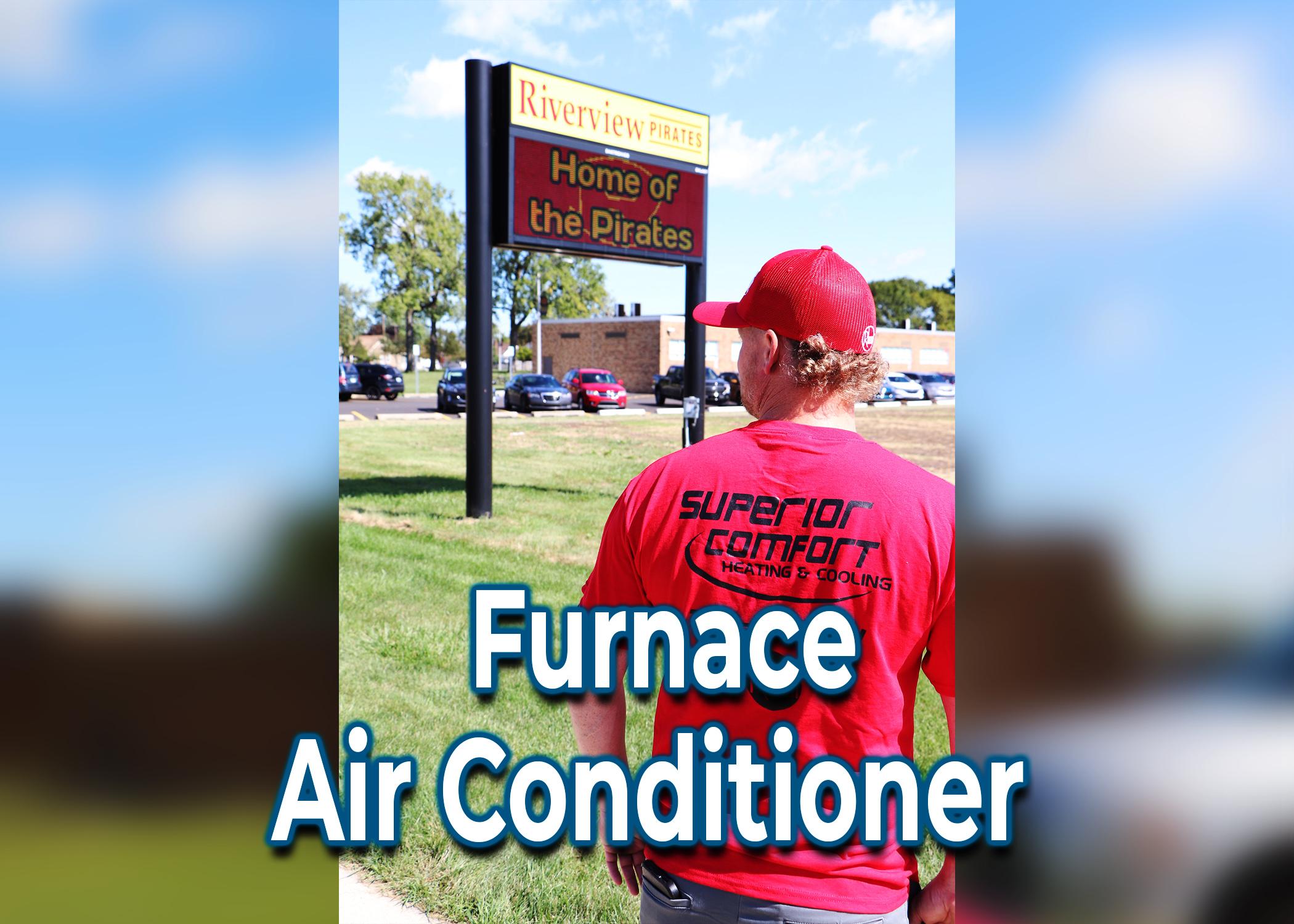The furnace and AC installed in your home could be for a different purpose. However, you will soon understand how the furnace air conditioner works together to give optimal temperature, especially in warm climates. The furnace and AC are two separate units, but your home cannot get the best cooling and heating without any of these. Don’t get confused. Let’s see how the furnace, AC, and thermostat work to keep your home comfortable all year round.
What You Need to Know About the Furnace Air Conditioner System
In this article, we will explain the functionalities of the furnace air conditioner and all you are supposed to understand about these heating and cooling units.
Know Your Furnace
Many homes in cold weather areas depend on furnaces to keep them comfortable. There are different furnaces such as natural gas, electric and oil. Furnaces are the best option instead of ACs during the winter season. However, they can work with ACs in central air conditioning units in summer.
Functions of Furnaces
The different available kinds of furnaces produce heat in their unique ways. They make use of their kind of energy to generate heat and warm up the home temperature. Energy consumption varies on the type of furnace in use. For example, an electric furnace may rely on pulling air through a heat exchanger and warming up with an electric heating element. In contrast, a natural gas furnace would get heat by burning gas.
Functioning Processes of Furnaces
- Once the home gets cold, the temperature automatically drops below the thermostat settings. The furnace is immediately triggered to generate heat and circulate it using a blower fan through the ductwork.
- The furnace then begins a heating circle, generating heat differently depending on the type used.
- At this point, the air gets heated, warmed up and blown out with the aid of the furnace blower through the vents.
- The process is repeated until the home’s temperature reaches the desired level. As soon as it reflects on the thermostat, the furnace immediately gets a trigger to cease the heating cycle. The fan blower will keep running for a while to ensure that the remaining heat is transferred through the ductwork.
Know Your Air Conditioner
In the summers, air conditioners are used to regulate the home temperature. This process involves extracting heat and humidity from the warm air in the room and releasing cool air for home comfort. The home’s temperature cools down, and the ideal thermostat mode is maintained.
Functions of ACs
ACS have cooling coils that absorb heat from warm air in the home. Then, emit cool air to reduce the ambient temperature.
Functioning Process of ACs
- The indoor air goes into the indoor air conditioner via its intake
- Then, it blows over the chiller pipes that extract its heat
- At this point, the moisture gets removed. Therefore, an AC can also work as a dehumidifier
- The liquid coolant flowing inside the AC keeps the evaporator pipe cold despite the warm air blowing on them
- The heat evaporates into a warm gas as the coolant absorbs it. The AC’s condenser and compressor then turn the coolant into liquid form
- In the end, dehumidified and cool air is now blown back into the room, reducing the room’s temperature.
Conclusion
The thermostat is considered a critical factor in all these processes. The brain behind the furnace air conditioner is the thermostat. Its only job is to maintain the most conducive home temperature according to your requirement. The thermostat has a sensor that detects the home’s temperature and balances it up in winter and summer. In summary, the thermostat is the team leader for your HVAC system, including your furnace and air conditioner operations.



